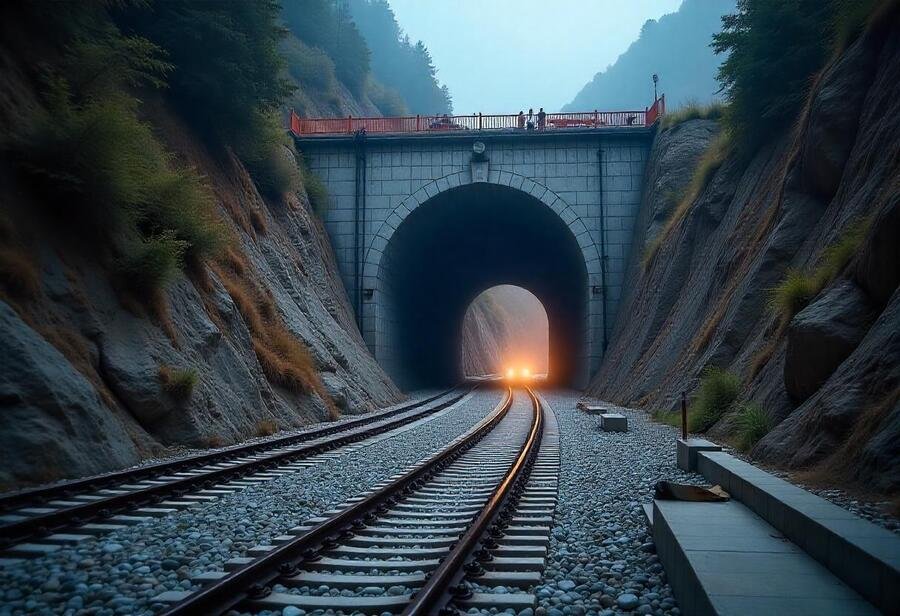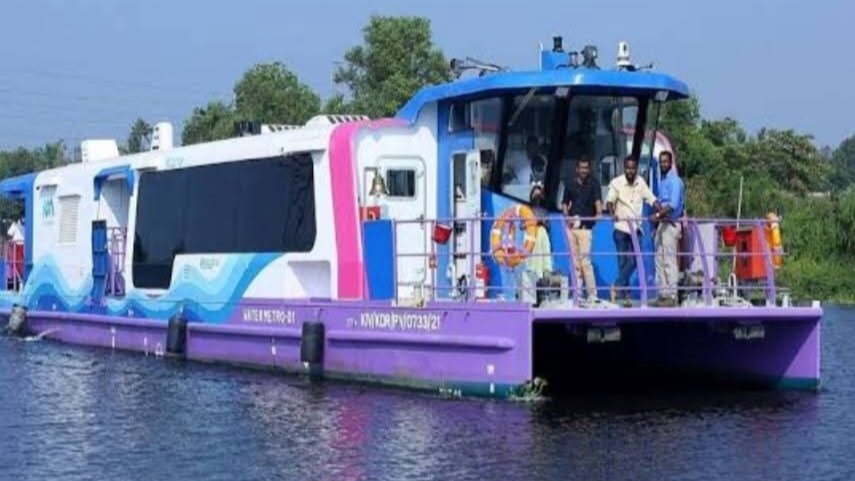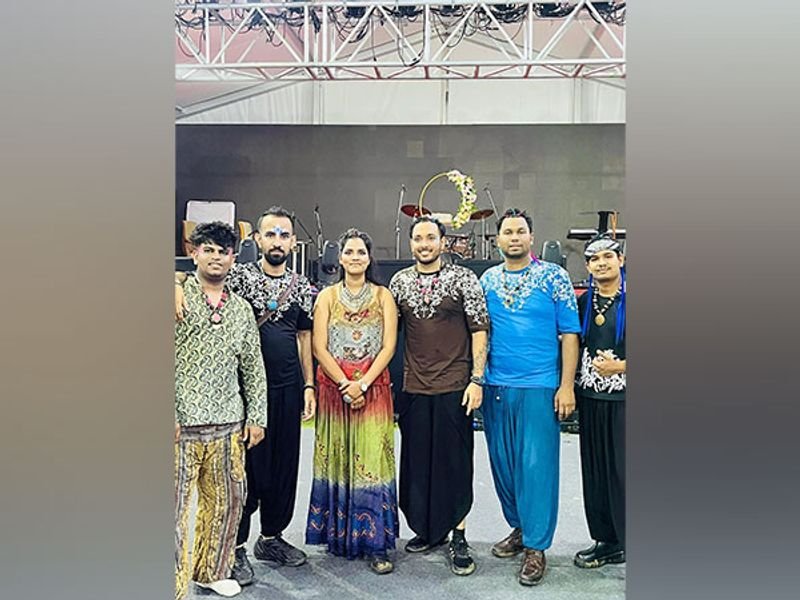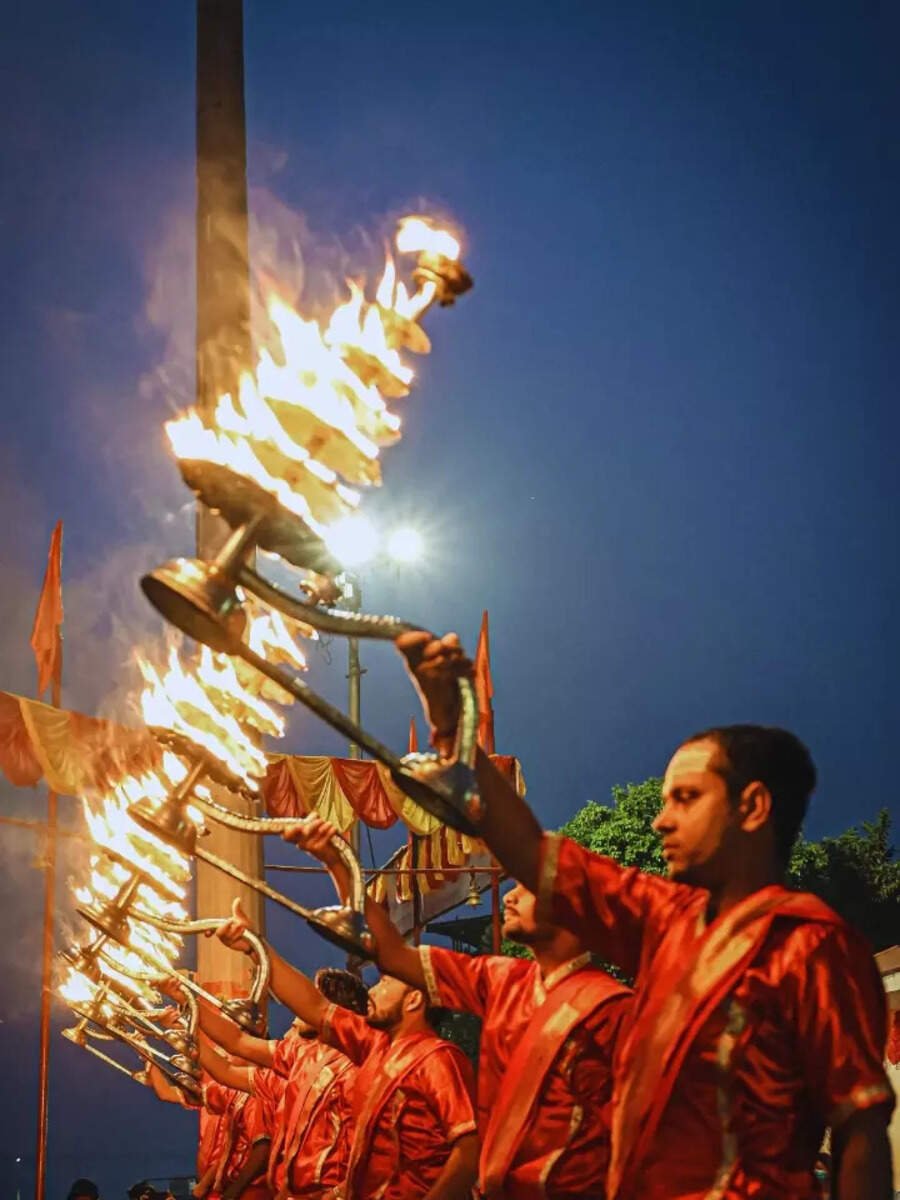Spiritual Travel
India Transforms Himalayan Journey with Landmark Tunnel Connecting Rishikesh to Karnaprayag Elevating Spiritual Travel and Scenic Exploration

Saturday, April 19, 2025
India has achieved a major breakthrough in Himalayan infrastructure by completing its longest railway tunnel in Uttarakhand, dramatically transforming travel and connectivity in the region. The 14.6-kilometer Tunnel T-8, part of the Rishikesh–Karnaprayag Rail Project, links the towns of Devprayag and Janasu through steep mountain terrain using cutting-edge Tunnel Boring Machine technology for the first time in India’s hill regions. This milestone not only shortens travel time between Rishikesh and Karnaprayag from 6–7 hours by road to just 2 hours by rail, but also unlocks easier, faster, and safer access to the Char Dham pilgrimage sites. With over 70% of the project already completed, the new tunnel signifies a crucial step toward boosting tourism, supporting local livelihoods, and strengthening disaster resilience across Uttarakhand’s challenging geography.
India Achieves Historic Railway Milestone with Completion of Longest Tunnel in Uttarakhand’s Himalayas
India has reached a groundbreaking milestone in railway infrastructure by completing its longest railway tunnel in the Himalayan state of Uttarakhand. Spanning 14.6 kilometers, the newly constructed Tunnel T-8 is a key element of the ambitious Rishikesh–Karnaprayag Rail Line, an infrastructural initiative designed to significantly enhance connectivity across northern India’s mountainous terrain.
This engineering feat connects the towns of Devprayag and Janasu, cutting through steep and rugged landscapes. Built using an advanced Tunnel Boring Machine (TBM) named ‘Shakti,’ this is the first instance of such high-tech tunneling machinery being used in India’s hill regions. In a record-breaking achievement, the TBM excavated more than 1,080 meters within a single month, underscoring India’s expanding capabilities in rail infrastructure development.
The completion of this tunnel represents a major breakthrough in the ongoing construction of the 125-kilometer Rishikesh–Karnaprayag Broad Gauge Railway, spearheaded by Rail Vikas Nigam Limited (RVNL). The line will feature 17 tunnels and 35 bridges, with nearly 85% of the route consisting of underground passages—a necessity given the challenging Himalayan topography.
Transforming Connectivity in the Himalayas
Beyond its engineering marvels, the rail line is poised to transform travel in Uttarakhand. Once operational, the Rishikesh–Karnaprayag railway will serve as a key connector to the revered Char Dham pilgrimage circuit—Badrinath, Kedarnath, Gangotri, and Yamunotri—dramatically easing the journey for millions of pilgrims who currently endure long and treacherous road trips.
Travel time between Rishikesh and Karnaprayag is expected to drop from 6–7 hours by road to just about 2 hours by train, revolutionizing regional mobility. The tunnel’s inauguration ceremony was attended by Union Railway Minister Ashwini Vaishnaw and Uttarakhand Chief Minister Pushkar Singh Dhami, signaling its importance as a catalyst for regional development.
Economic, Social, and Tourism Impact
The rail line is set to drive tourism growth in the region, especially spiritual and eco-tourism, which are vital to Uttarakhand’s economy. With enhanced accessibility, tourism is expected to rise, leading to the creation of new job opportunities for locals—not just in hospitality and services but also in logistics, retail, and maintenance.
The project also plays a strategic role in disaster preparedness. Unlike roads, which are often blocked due to landslides and extreme weather, the railway promises a more stable and reliable mode of transportation in emergencies—a crucial factor in a disaster-prone state like Uttarakhand.
A Vision for 2026 and Beyond
As of early 2025, over 70% of the rail project has been completed. The full stretch is projected to become operational by December 2026. Once finished, the Rishikesh–Karnaprayag line will stand as a landmark example of how modern engineering can overcome natural challenges, bringing remote communities into the fold of economic progress while respecting the delicate ecological balance of the Himalayas.
Spiritual Travel
Bilaspur Set to Transform into Himachal’s Ultimate Adventure and Spiritual Hub

Move over, Manali and Shimla! Bilaspur is gearing up to become the state’s next big tourism hotspot, blending adrenaline-pumping adventures with serene spiritual experiences. The district administration has rolled out ambitious plans to develop water, land, and aerial tourism, promising something for thrill-seekers, pilgrims, and nature lovers alike.
A Sky-High Attraction: The Glass Bridge
Imagine walking on a transparent bridge, suspended high above breathtaking landscapes—Bilaspur’s upcoming Glass Bridge at Bharari will do just that! Designed to rival global attractions, this engineering marvel will offer daredevils an unforgettable experience while giving tourists a reason to extend their stay. Officials confirm the blueprint is ready, and construction will kick off soon after final approvals.
Sailing Through Scenic Routes: The Water Metro
Pilgrims visiting Maa Naina Devi will soon have a faster, more scenic journey thanks to the proposed Water Metro, connecting Bhakra Ghat to Kosariya Ghat. This isn’t just about convenience—it’s about turning travel into an experience. Devotees and tourists can hop on boats, enjoy the tranquil waters, and even transport their vehicles via waterways.
Jet Skis, Kayaking & More: Water Sports at Nakrana
Bhakra Dam’s pristine waters are about to get a lot more exciting! The district is eyeing water sports like jet skiing, kayaking, and boating to attract adventure junkies. The best part? Pilgrims heading to Naina Devi can now add a splash of adventure to their spiritual trip.
Bharari – The New Stopover Destination
Strategically located near Shimla, Manali, and Dharamshala, Bharari will soon feature modern tourist hubs with food plazas, parking, rest areas, and info centers. No more cramped pit stops—just smooth, comfortable breaks for travelers.
Listening to Locals: Boaters Get a Voice
Deputy Commissioner Rahul Kumar made sure local boat operators were heard during inspections, promising quick fixes to their concerns. This people-first approach ensures tourism growth benefits everyone.
Bilaspur’s transformation isn’t just about flashy infrastructure—it’s about jobs for youth, better travel experiences, and putting this hidden gem on India’s tourism radar. With projects set to launch soon, the district is poised to become a must-visit for those seeking adventure, spirituality, and untouched natural beauty.
Spiritual Travel
Shiva Tribe Debuts in Gurgaon’s Tikli-Raiseena: IMPC’s Bold Step to Merge Spirituality, Rural Tourism, and Modern Family Wellness

VMPL
New Delhi [India], August 4: In the lush rural landscape of Tikli-Raiseena near Gurgaon, a new chapter in India’s spiritual and rural tourism ecosystem quietly unfolded. The International Mandir Prabandhak Committee (IMPC) launched its ambitious spiritual wellness initiative–Shiva Tribe–an experience-driven, immersive space designed to reconnect Gen Z and modern families with India’s timeless spiritual roots.
Set against the tranquil backdrop of Haryana’s Aravalli fringes, Shiva Tribe is more than a mandir–it is a curated journey of self-discovery, holistic wellness, and cultural revival, seamlessly merging ancient wisdom with modern aspirations. The inaugural three-day Pran Pratishtha Mahotsav was held in July, graced by spiritual luminaries including Pujya Shri Sudhanshu Ji Maharaj, Pujya Shri Dayanand Ji Maharaj, and dignitaries such as Haryana’s former Minister Shri Om Prakash Dhankar. Business leaders, rural development advocates, and spiritual patrons attended in significant numbers–signaling a rising interest in faith-based tourism models.
Spiritual Tourism: India’s Growing Wellness Sector
India’s spiritual tourism market is undergoing a silent revolution. According to the Ministry of Tourism, the wellness and spiritual tourism segment is projected to reach USD 30 billion by 2028, growing at a CAGR of over 10%. With over 330 million domestic religious tourists recorded annually and rising international interest in authentic Indian experiences, initiatives like Shiva Tribe have the potential to create high-value, low-impact tourism models in rural belts–generating employment, fostering entrepreneurship, and revitalizing local economies.
“In today’s fragmented lifestyle, families are searching for meaningful escapes–not just vacations. Shiva Tribe is that sacred pause–a place to reconnect, reflect, and realign, together,” said Dr. Preet Sandhuu, mentor of the project and a key voice in India’s contemporary spiritual movement.
A New Blueprint: Spirituality Meets Community Living
Unlike traditional spiritual centers, Shiva Tribe offers a complete spiritual-eco retreat–including weekend live devotional music by its in-house ‘Shiva Tribe Band’, yoga sessions, mantra-infused meditations, Vedic rituals, and stay facilities for families. It’s a full-circle experience designed to inspire urban youth and families alike to step into a more conscious, value-driven lifestyle.
“Here, spirituality is not a sermon–it’s an experience,” said Shri MP Singh, project visionary and founder of ShivaTribe. “We want to build a network of such community-driven centers across rural India, using temple heritage as a catalyst for rural rejuvenation and youth engagement.”
Rural Regeneration Through Faith
The Tikli model aligns with India’s rural tourism policy goals by transforming underexplored rural regions into mindful tourism destinations. With over 60% of India’s population residing in villages, initiatives like this leverage India’s spiritual capital to promote rural entrepreneurship, handicrafts, organic farming, and ecotourism–creating a sustainable rural economy rooted in culture and community.
IMPC’s Broader Mission
The International Mandir Prabandhak Committee (IMPC), known for initiatives like the Mahasangam Yatra, Trisul Yatra and Shiv-Shakti Kendras, is rapidly becoming a bridge between India’s ancient temple traditions and its digital future. Its work focuses on temple modernization, spiritual leadership development, and community revival–backed by collaborations with scholars, saints, and civic leaders.
By anchoring the Shiva Tribe initiative in Tikli, IMPC demonstrates how faith-based community models can attract tourism, foster economic inclusion, and support national goals like ‘Viksit Bharat’ and ‘Digital Bharat’.
Shared by
(ADVERTORIAL DISCLAIMER: The above press release has been provided by VMPL. ANI will not be responsible in any way for the content of the same)
(This content is sourced from a syndicated feed and is published as received. The Tribune assumes no responsibility or liability for its accuracy, completeness, or content.)
Spiritual Travel
10 oldest temple towns in India for spiritual getaways – The Times of India

10 oldest temple towns in India for spiritual getaways The Times of India
Source link
-

 Brand Stories2 weeks ago
Brand Stories2 weeks agoBloom Hotels: A Modern Vision of Hospitality Redefining Travel
-

 Brand Stories1 week ago
Brand Stories1 week agoCheQin.ai sets a new standard for hotel booking with its AI capabilities: empowering travellers to bargain, choose the best, and book with clarity.
-

 Destinations & Things To Do2 weeks ago
Destinations & Things To Do2 weeks agoUntouched Destinations: Stunning Hidden Gems You Must Visit
-

 Destinations & Things To Do1 week ago
Destinations & Things To Do1 week agoThis Hidden Beach in India Glows at Night-But Only in One Secret Season
-

 AI in Travel2 weeks ago
AI in Travel2 weeks agoAI Travel Revolution: Must-Have Guide to the Best Experience
-

 Brand Stories1 month ago
Brand Stories1 month agoVoice AI Startup ElevenLabs Plans to Add Hubs Around the World
-

 Brand Stories3 weeks ago
Brand Stories3 weeks agoHow Elon Musk’s rogue Grok chatbot became a cautionary AI tale
-

 Asia Travel Pulse1 month ago
Asia Travel Pulse1 month agoLooking For Adventure In Asia? Here Are 7 Epic Destinations You Need To Experience At Least Once – Zee News
-

 AI in Travel1 month ago
AI in Travel1 month ago‘Will AI take my job?’ A trip to a Beijing fortune-telling bar to see what lies ahead | China
-

 Brand Stories2 weeks ago
Brand Stories2 weeks agoContactless Hospitality: Why Remote Management Technology Is Key to Seamless Guest Experiences












